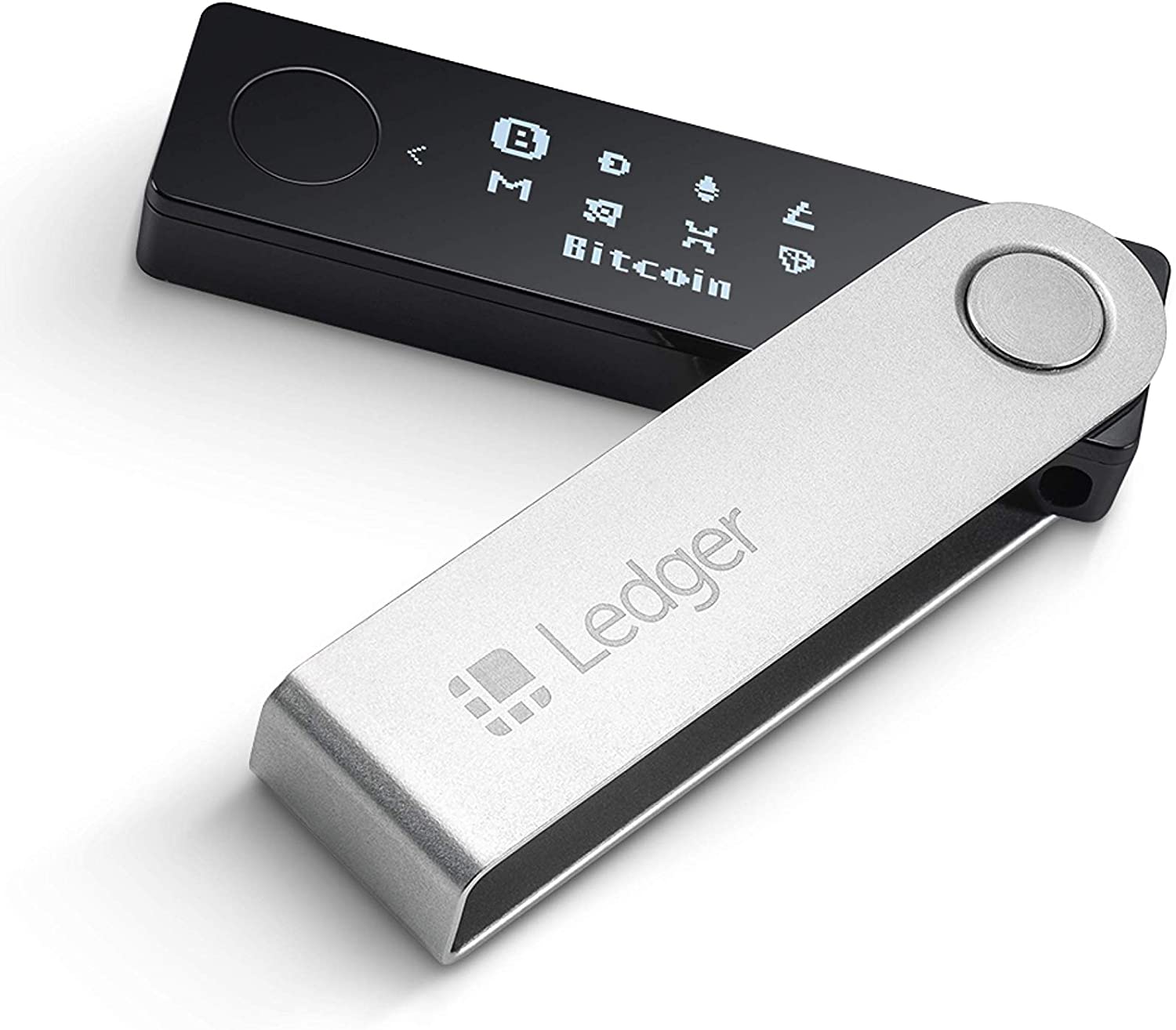Ethereum Staking: Hardware Wallet Ledger Joins

Ledger, the maker of popular hardware wallet Nano series announced on Aug 13 that it now supports Ethereum staking through Lido Finance. It allows hardware wallet owners to earn yield by depositing their Ether (ETH) tokens into the Beacon Chain staking contract. This would happen only by using their highly secure cold wallet and for any Ether amount. It would bypass the traditional 32 ETH minimum deposit. This would likely increase the participation rate on the Eth2 Beacon Chain. On the other hand, centralization dangers remain but are likely solved after the Merge happens.
Ledger is making the Ethereum staking available through an app in its Ledger store discover section aka Lido. What is it’s based on? Lido Finance is an Ethereum 2.0 staking solution. It provides ETH with liquidity on otherwise unstakable and unremovable contracts (for now). It also allows any participant to contribute with any amount of Ether (ETH). When users stake ETH on the Beacon Chain through Lido, they receive stETH, which represents their claim in their Beacon contract and their yield earned through Ethereum staking, It’s benefit is that it’s trade-able or available to be used in DeFi protocols and not exactly locked as in the original Beacon Chain specification.
About Ethereum Staking
Ethereum staking allows anyone with 32 ETH (or even fractions through some specialized protocols) to deposit on the Beacon Chain. It’s a claim to the yield earned on the Proof of Stake (POS) chain running parallel to the current Proof of Work (POW) chain. This puts it directly with stakers or through a delegated party running a validator node, processing activity, and providing security to the network, for constantly generated rewards and fees paid by users.

The post Ethereum Staking: Hardware Wallet Ledger Joins appeared first on CryptoTicker.


